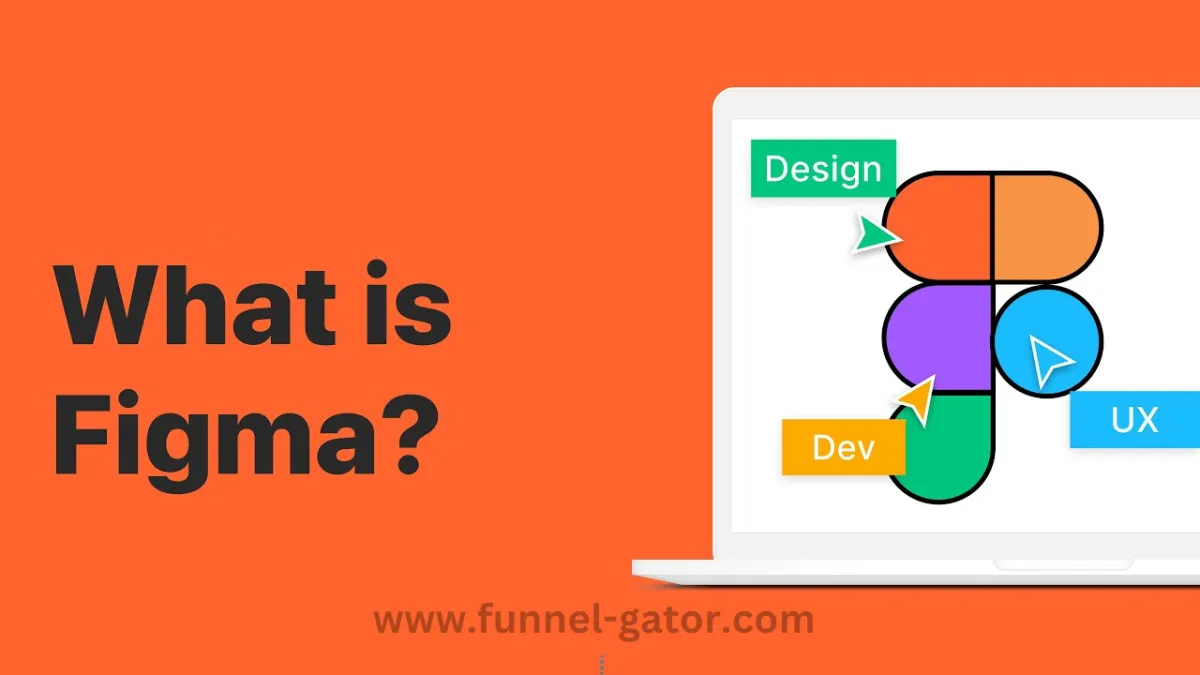
What Is Figma Used For? A Beginner-Friendly Guide That Makes Design Feel Easy
If you’ve ever wondered what Figma is used for, or why so many designers and developers swear by it, you’re not alone. Let’s break it down in a simple, everyday language, without any confusing tech jargon. Whether you're a student, business owner, designer, or someone who just loves to create things online — this article is for you.
🚀 What Exactly Is Figma?
At its core, Figma is a cloud-based design tool that helps people create user interfaces (UIs) for websites, apps, and other digital products. Think of it as a digital sketchpad where teams can collaborate in real time. Unlike older tools that require software downloads, Figma runs in your browser, which means anyone with an internet connection can jump in and start designing — no installations, no fuss.
Imagine Google Docs, but for design. You and your teammates can design together, leave comments, and tweak things live. Neat, right?
🛠️ So, What Is Figma Used For?
Let’s explore the many ways Figma is used, from design to development and beyond.
1. UI/UX Design
This is the main playground for Figma users. Designers use it to:
Create wireframes
Build prototypes
Design full-blown UI layouts
Experiment with UX flows
A designer might sketch out how a mobile app looks and feels — from login screens to checkout pages — all in Figma. The drag-and-drop interface and pre-built components make it fast and flexible.
👉 Learn more about UI/UX Design
2. Prototyping and Interactive Demos
Once a design is ready, Figma allows you to add interactivity. With just a few clicks, you can turn static designs into clickable prototypes.
Why is this helpful?
Clients can experience the design before any code is written.
Teams can test the flow of a website or app.
Users can give feedback before development starts.
3. Collaborative Teamwork
This is where Figma truly shines. It’s built for teams. Whether you’re in the same room or halfway across the globe, everyone can:
Edit designs in real time
Leave comments on specific parts
Share feedback instantly
Here's a real-life anecdote:
A startup I worked with had their designer in Brazil, the developer in India, and the project manager in New York. They all worked inside the same Figma file during a product sprint. The result? Faster decisions, fewer meetings, and a better end product.
4. Design Systems and Libraries
Figma allows users to create reusable design assets through components and shared libraries. That means buttons, headers, icons, and other UI elements can be standardized across projects.
Great for brand consistency
Saves time for larger teams
Ensures a unified look and feel
5. Developer Handoff
Once designs are approved, developers need access to details like color codes, measurements, and fonts. In the past, designers had to manually export everything.
Not with Figma.
Figma generates specs and code snippets automatically. Developers can just click on elements and get everything they need — no back-and-forth required.
✍️ Step-by-Step: How To Use Figma for Beginners
If you're new to Figma, don’t worry. Here’s how to get started in five easy steps.
Step 1: Sign Up for Free
Visit Figma.com and create an account. You don’t even need a credit card.
Step 2: Start a New File
Click “New Design File” and you’re in. You'll see a blank canvas where your creativity begins.
Step 3: Use the Tools
Use the toolbar to:
Draw shapes
Add text
Import images
You’ll get the hang of it quickly!
Step 4: Try the Templates
Not sure where to begin? Use a pre-made Figma template for websites, mobile apps, or wireframes.
Step 5: Share and Collaborate
Click the “Share” button to invite teammates. Everyone can work together in real time — no need to email files back and forth.
🎯 Who Should Use Figma?
Figma is for:
Product designers
Developers
Freelancers
Marketing teams
Students and educators
Even non-designers who need to mock up ideas fast!
It’s also fantastic for businesses that want seamless collaboration and quicker turnaround times.
💡 Why People Love Figma (And You Will Too)
Let’s face it — traditional design tools can be clunky, expensive, and slow. Figma changes the game by being:
Free to start
Browser-based (no downloads)
Super intuitive
Highly collaborative
Packed with smart features like auto layout, version history, and live previews
And yes, there’s even a Figma mobile app to view and comment on the go.
🛒 Ready to Try Figma?
If you’re wondering whether Figma is worth using — yes, it absolutely is. Whether you're a solo creator or part of a big team, Figma will change the way you work on design projects. It’s powerful, flexible, and frankly — kind of fun.
👉 Get started with Figma for free
You don’t need to be a designer. You just need an idea.
🔑 Final Thoughts
So, what is Figma used for? It’s a digital design and prototyping powerhouse that brings people together, simplifies the design process, and gets your ideas from concept to reality — faster than ever before.
And the best part? You don’t need to be a tech wizard to use it.


